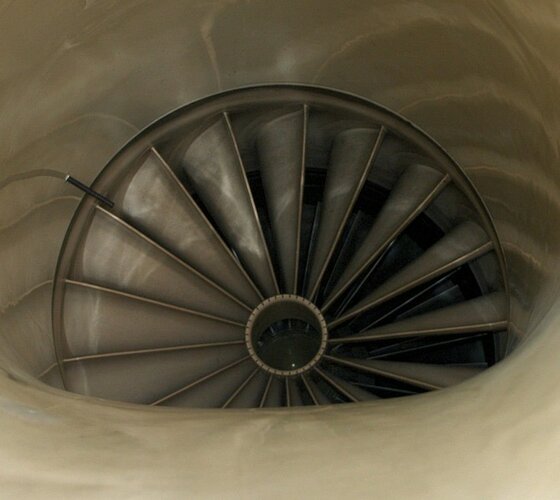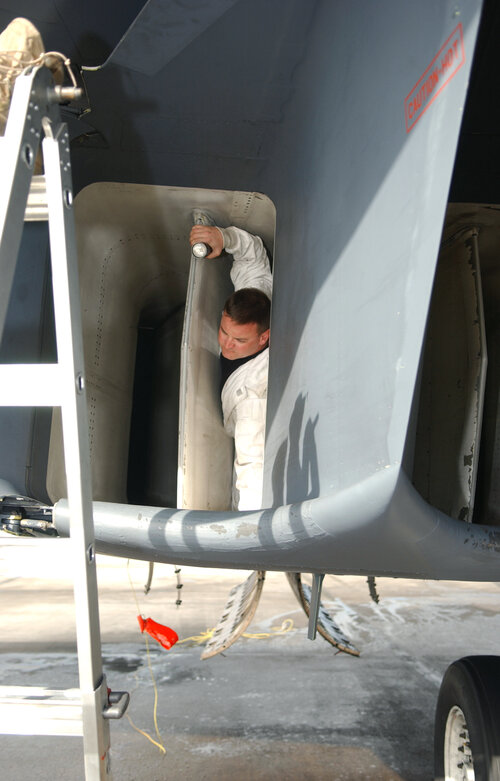I've recently received
Piotr Butowski's Su-57 book, and there are some rather interesting pieces of program history that I wasn't aware of. In no particular order I'll list a few of them off below, although it's by no means exhaustive.
During the now-defunct Indo-Russian FGFA saga, it seemed like the Indians from the beginning preferred the smaller Mikoyan E-721 design over the Sukhoi T-50; when the partnership was forming in 2005, Sukhoi's design was largely finalized, and India would rather pursue a less "mature" design like the E-721 where they can have more input into the design. Whether the FGFA cooperation was doomed to failure from the start is unknown, but there was definitely friction from the very beginning between India and Russia.
Unlike previous Sukhoi fighters, integration of mission systems and other onboard systems was performed by Sukhoi itself, rather than the traditional RPKB of Ramenskoye.
It appears that the AL-41F1 (izdeliye 117) is not quite as "interim" as many have believed; while I think there was always a longer term goal of equipping the aircraft with new engines, it appears that the plan has always been for the PAK FA to enter production and serve in combat units with the AL-41F1, and this was decided as far back as 2004. In fact, it appears that Sukhoi's T-50 submission for the PAK FA had the AL-41F1 from the very beginning. This is an interesting contrast with the Su-27, where the T-10 prototypes used the AL-21, but the revised T-10S and the production aircraft were equipped with the AL-31 from the beginning.
Apparently, weapon firing from internal bays didn't occur until March 2016.
The Su-57 has certainly suffered from weight creep compared to what was originally planned. I recalled the original goal was for an aircraft to be somewhere between the MiG-29 and Su-27 in size, in an effort to rein in cost. Certainly the Su-57 that's in production today is much closer to the Su-27 in terms of size, and especially after the "second stage" structural rework.








